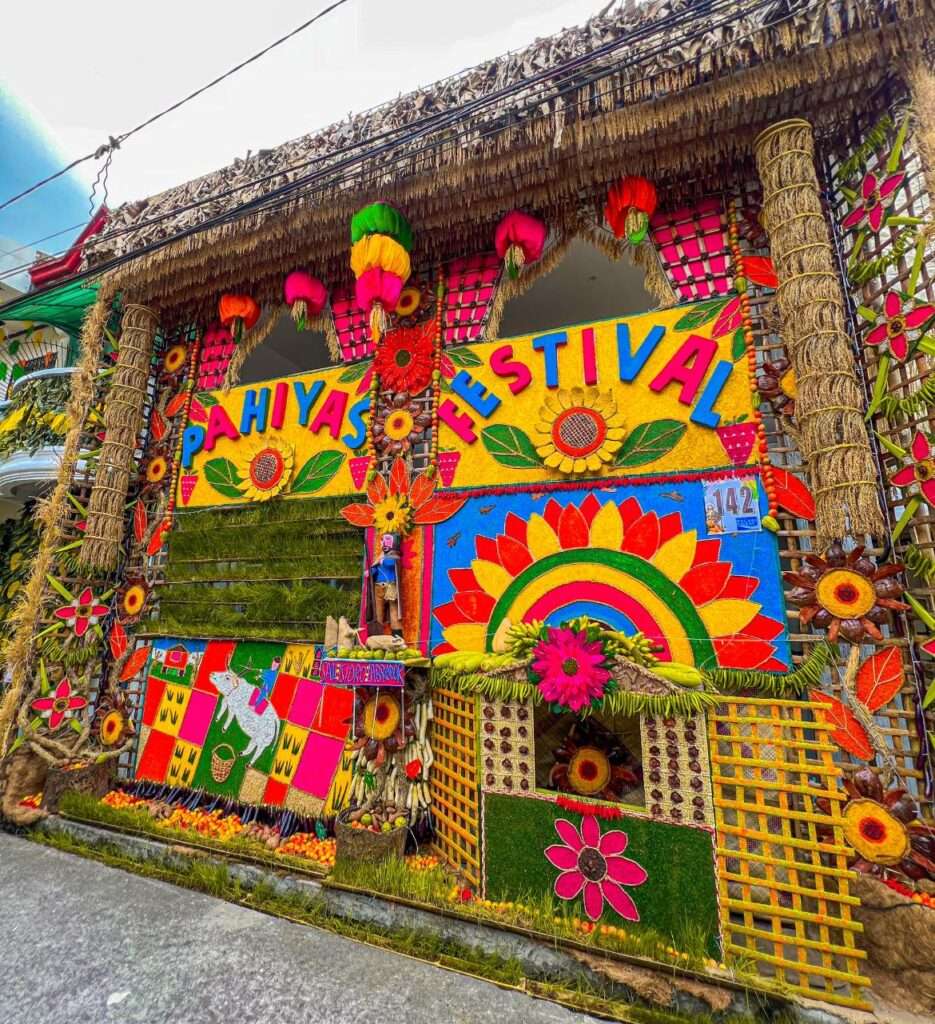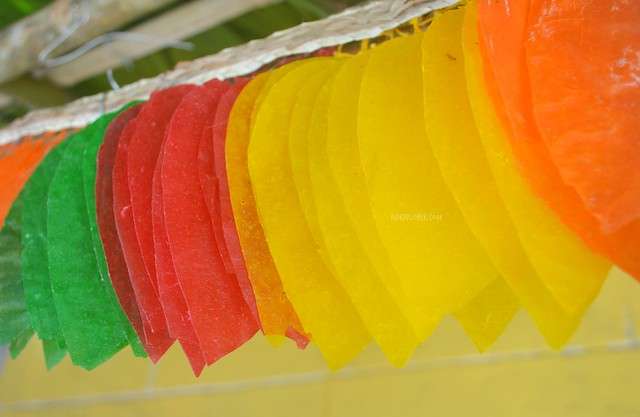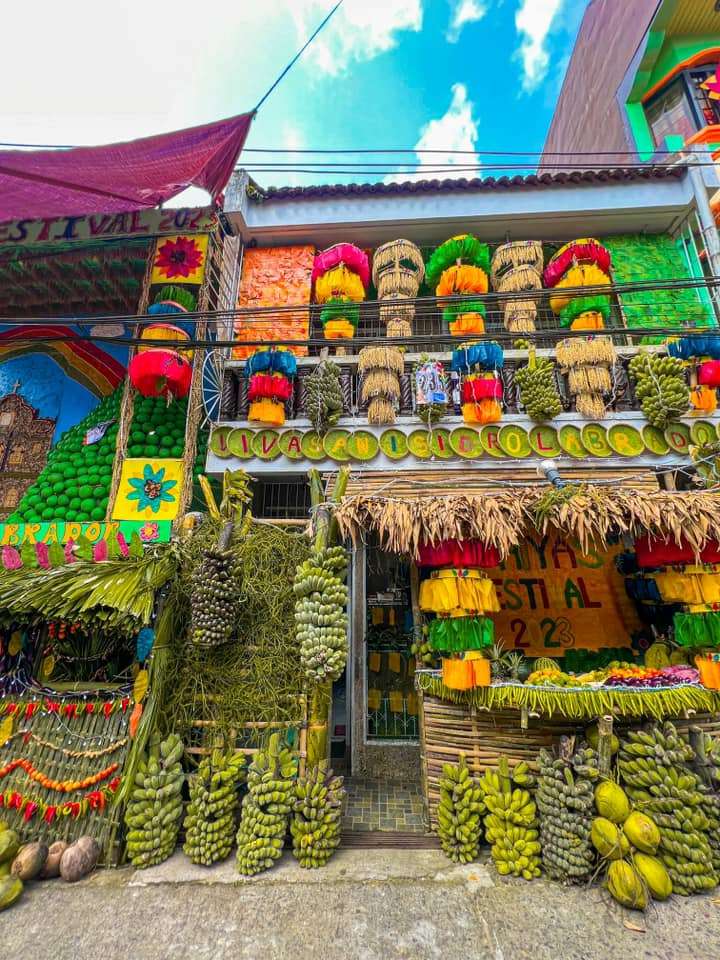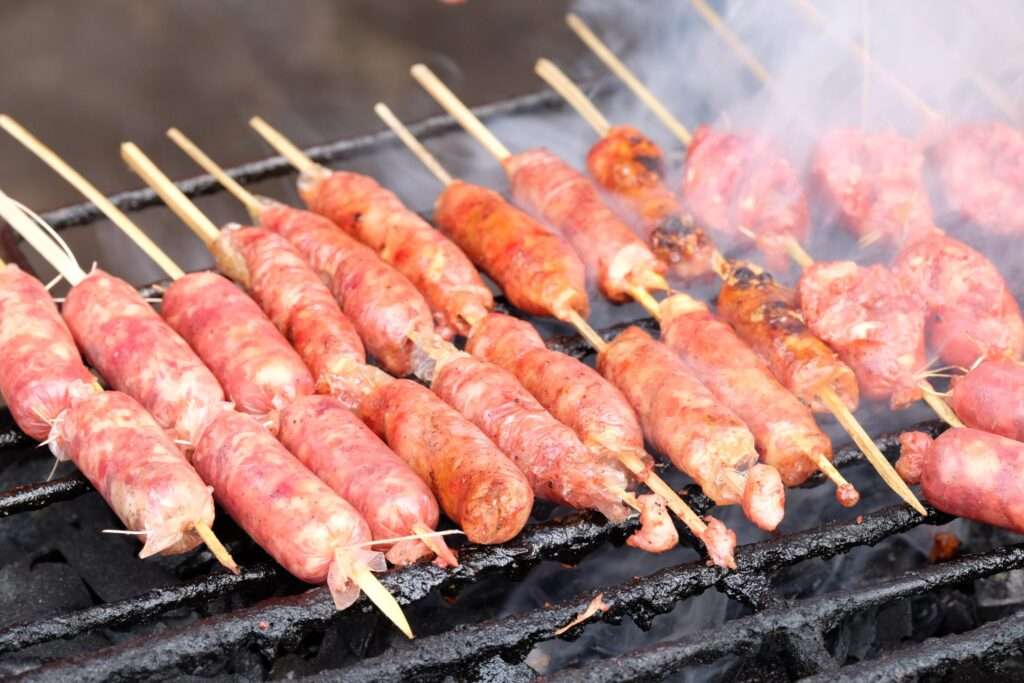The Pahiyas Festival, held annually on the 15th of May, is a vibrant and enchanting celebration that takes place in the province of Quezon, Philippines. This grand festival is a testament to the rich agricultural heritage of the region and a heartfelt expression of gratitude for a bountiful harvest. The festival transforms the towns of Lucban, Sariaya, Tayabas, and other nearby areas into a captivating showcase of artistry, culture, and community spirit. With its dazzling decorations, lively processions, cultural performances, and delectable food offerings, the Pahiyas Festival has become one of the most anticipated events in the Philippines, attracting both local and international visitors.
Historical Origins and Cultural Significance
The roots of the Pahiyas Festival can be traced back to the 16th century when Spanish colonizers introduced the Catholic faith to the Philippines. The local farmers, who heavily relied on agriculture for their livelihoods, began offering their harvest to San Isidro Labrador, the patron saint of farmers. This act of gratitude and devotion evolved over time into a grand celebration, merging indigenous customs with Spanish religious traditions.
The festival serves as a significant cultural marker, showcasing the agricultural heritage and the unity of the local farming communities. It not only expresses gratitude for the abundance of the land but also serves as a reminder of the essential role played by farmers in sustaining the nation’s food security.

Decorations and Offerings
At the heart of the Pahiyas Festival are the stunning decorations that adorn houses, streets, and even the local churches. The festival provides a platform for the locals to showcase their creativity and resourcefulness by utilizing agricultural products and other natural materials in their designs.
One of the most iconic elements of the festival is the kiping, which is made from rice paste molded into colorful and intricate shapes. These kiping wafers are then dyed using vibrant food coloring and arranged to form stunning artwork. The kiping decorations often resemble flowers, leaves, and other geometric patterns, adorning the facades of houses and creating a kaleidoscope of colors.
Aside from kiping, various agricultural products such as vegetables, fruits, grains, and coconut leaves are also used in the decorations. Intricate rice weavings, locally known as “buntings,” are hung throughout the streets, adding to the festive atmosphere. The decorations are carefully crafted and meticulously arranged, reflecting the pride and creativity of the community.

Religious Procession and Street Parade
The Pahiyas Festival begins with a solemn religious procession featuring a statue of San Isidro Labrador. The devotees, dressed in traditional attire, carry the statue through the streets, accompanied by music, prayers, and blessings. This procession symbolizes the blessing of agricultural lands and seeks divine intervention for a fruitful harvest. It is believed that by honoring St. Isidore, the patron saint of farmers, the agricultural communities will be blessed with a fruitful harvest and protection from natural calamities that may affect their crops.
Following the religious ceremony, the festival erupts into a vibrant street parade that showcases the artistic creations and cultural performances of the locals. Participants, adorned in traditional costumes, dance to the rhythmic beats of local music while marching bands add to the lively ambiance. The parade showcases the diverse cultural heritage of the region, with different groups representing their towns or barangays (villages) through colorful floats, street performances, and traditional dances.

Culinary Delights and Local Cuisine
The Pahiyas Festival is not only a visual feast but also a gastronomic delight. Local delicacies take center stage during the festival, providing visitors with an opportunity to savor the unique flavors of Quezon province.
Food stalls and vendors line the streets, offering an array of traditional Filipino dishes. Visitors can indulge in mouthwatering treats such as kakanin (rice cakes), suman (sticky rice rolls), bibingka (rice cake), pancit habhab (stir-fried noodles), and Lucban longganisa (local sausage). These culinary delights reflect the local flavors and culinary traditions of the region, making the Pahiyas Festival a true celebration of the senses.

Preserving Tradition and Boosting Tourism
The Pahiyas Festival plays a vital role in preserving the cultural heritage of Quezon Province and promoting tourism in the region. The festival attracts a significant number of local and international visitors, who flock to witness the grandeur of the event and immerse themselves in the vibrant atmosphere.
The economic impact of the festival extends beyond the event itself. Local businesses, including accommodations, restaurants, souvenir shops, and transportation services, benefit from the influx of tourists. The festival also provides opportunities for local artisans and craftsmen to showcase their talents and sell their products, contributing to the local economy.
Furthermore, the Pahiyas Festival acts as a platform for cultural exchange and understanding. It allows visitors to gain a deeper appreciation for the rich agricultural traditions, artistic expressions, and the close-knit community spirit of the Quezon province.
The Pahiyas Festival is a grand celebration that encapsulates the essence of Filipino culture – its vibrant colors, artistic expressions, deep spirituality, and profound gratitude for the bountiful harvest. It serves as a testament to the resilience, unity, and generosity of the Filipino people, particularly the farming communities of Quezon province.
As the festival continues to flourish and attract both local and international attention, it not only preserves the cultural identity of the region but also boosts tourism and economic growth. The Pahiyas Festival stands as a shining example of how a celebration can bring people together, honor their roots, and foster appreciation for the blessings of nature and hard work.

I’m Ken, an avid travel blogger and a nurse chronicling my adventures on “The Sneaky Traveller.” My journey in healthcare and travel enthusiast is driven by a desire to make a meaningful impact in both realms.
